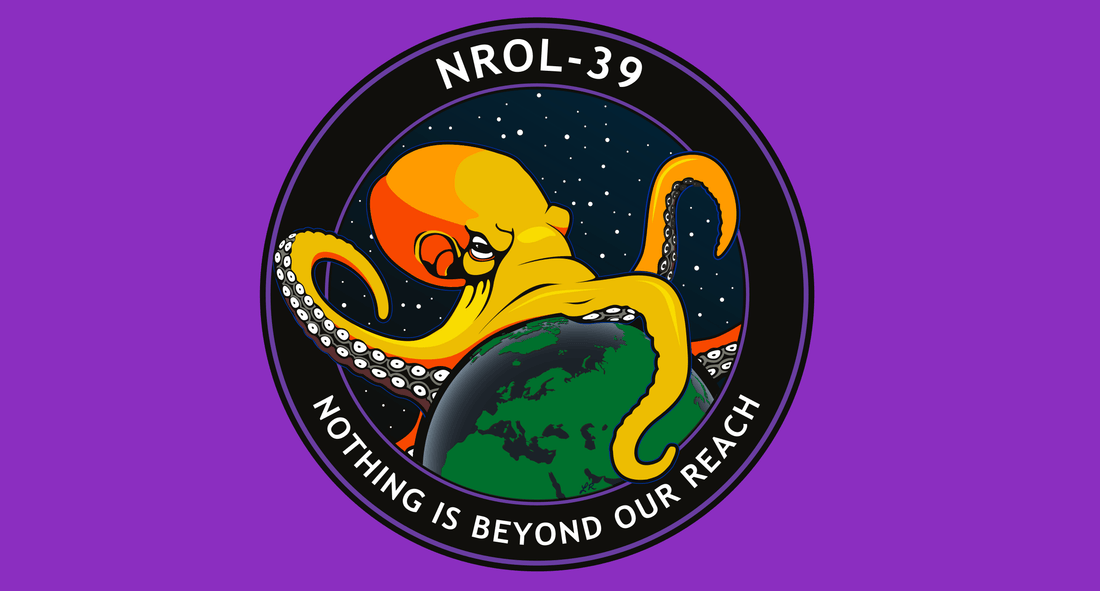
Cephalopods are among the most curious of animals, and we have no doubt that one day they’ll make it to the stars. But in the 59 year history of human spaceflight, it wasn’t until 2011 that the first of our tentacled friends actually made it into space, aboard the space shuttle Endeavour. Or was it? A serious scientific paper published a few years ago posited that maybe, just maybe, squids and octopuses came to Earth from another planet. Could that be true? Continue reading the full lowdown on the history of cephs in space.
When the Endeavour blasted off in 2011, it carried with it an experiment with one of
the greatest official names in all of science: Squids in Space. The study was meant to see if zero-g had an effect on the development of squid embryos, and it was the first time ever that humans had brought a member of the cephalopod family to space; specifically, they were Bobtail Squid, scientific name Euprymna scolopes. To this day, only squids have had that honor though: no octopuses or cuttlefish have made the human-assisted journey into the final frontier.
But what if they came from there in the first place? A 2018 scientific article that
went viral (pun intended, part of it dealt with retroviruses) on TV, social media, and
print media, suggested that octopuses came to Earth as extraterrestrial visitors, part of the broader theory that life on Earth was seeded from space, called “panspermia.” Their argument is that octopuses are so much more advanced than their progenitor species that the only way this could have happened is if their DNA was seeded from either the future (time-traveling octopuses?) or outer space; they speculate that fertilized octopus eggs that evolved on another planet could have come from space in a frozen comet that would have hit the Earth a few hundred million years ago.
While 33 authors contributed to that article – astrobiologists, veterinarians, and astronomers among them – it is not taken seriously by most scientists, who consider it more as an exercise in healthy speculation than something that could actually be true. Among other things, the timing of the genetic changes cited doesn’t really match up with the already-sequenced DNA of the cephalopods. The article would also significantly challenge the primary scientific consensus about how life evolved on Earth; and as Carl Sagan said, “extraordinary claims require extraordinary evidence,” which the article doesn’t really provide. So for now, we’ll file it under “eye-opening speculation.” But who knows what discoveries the future will bring?

There are a few other places we see cephs in space - An Australian brewery with a science theme that makes a beer called Galactopus, with an octopus in space on the label and a top-secret spy satellite called NROL-39 that has a giant space octopus as its official mission logo – but we prefer the fashionable Inq t-shirt, bringing the spirit of curiosity and fun into the final frontier!

